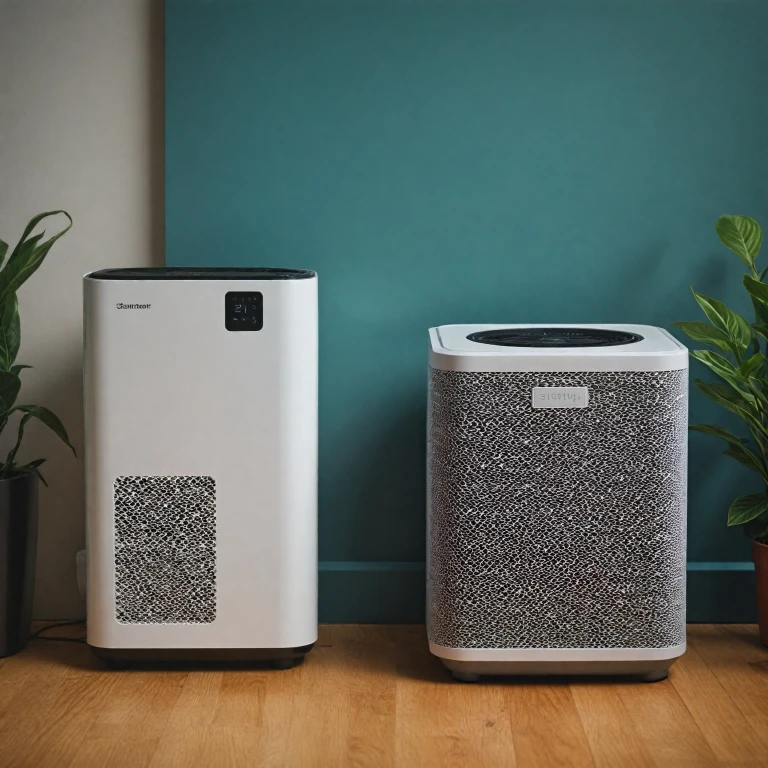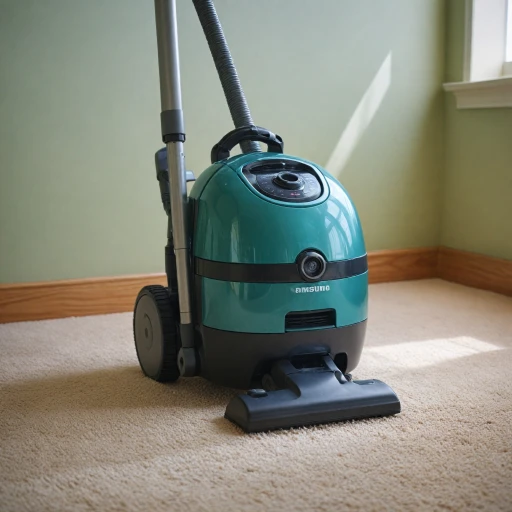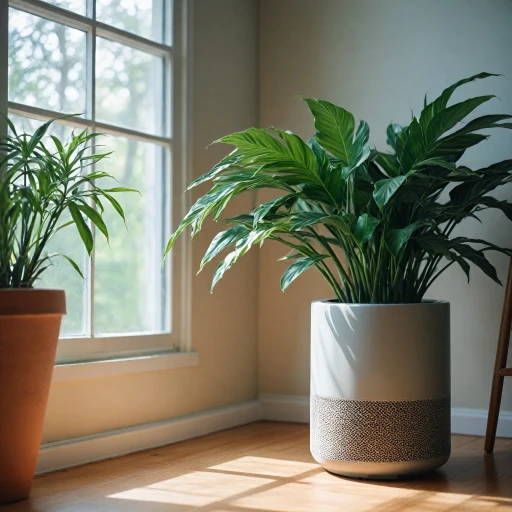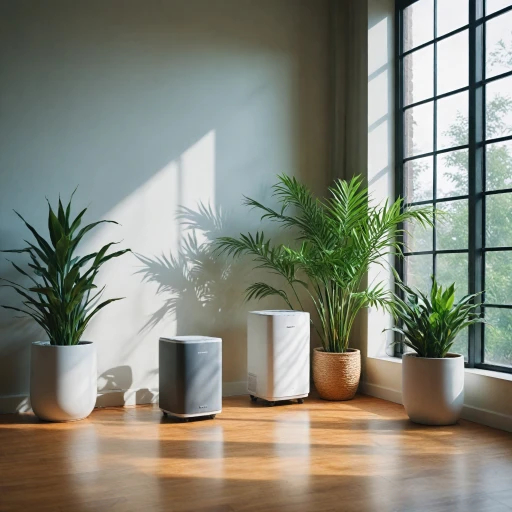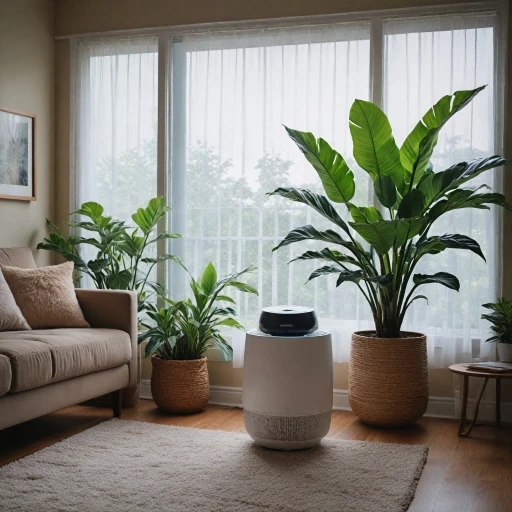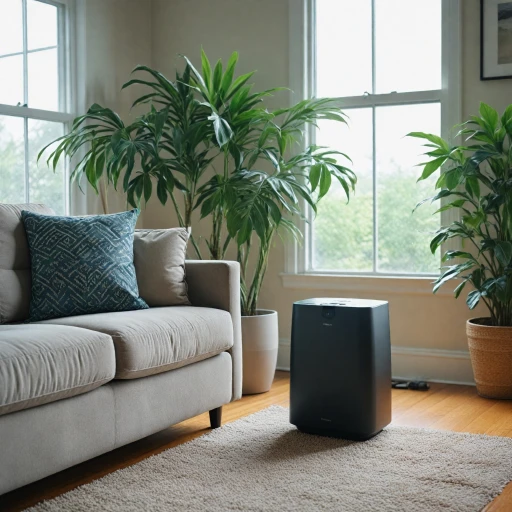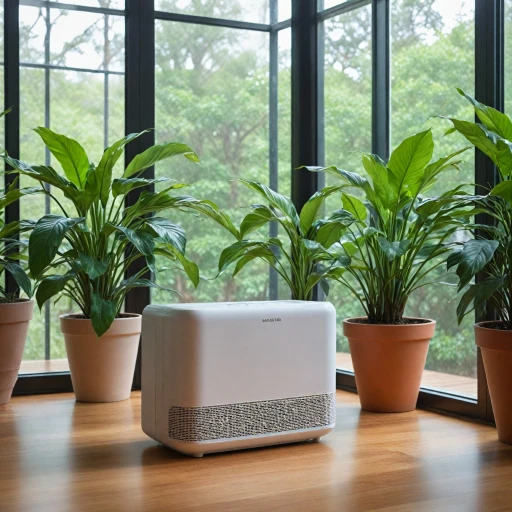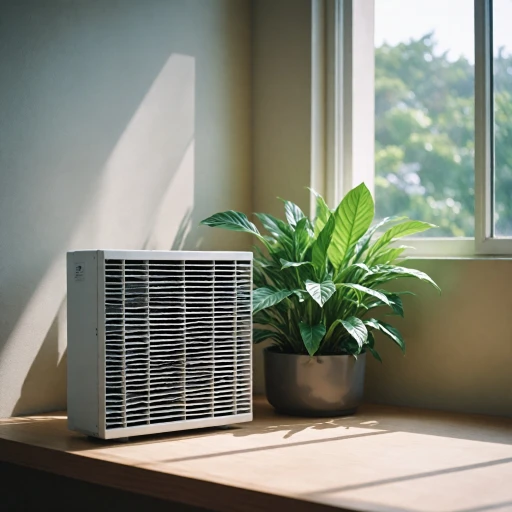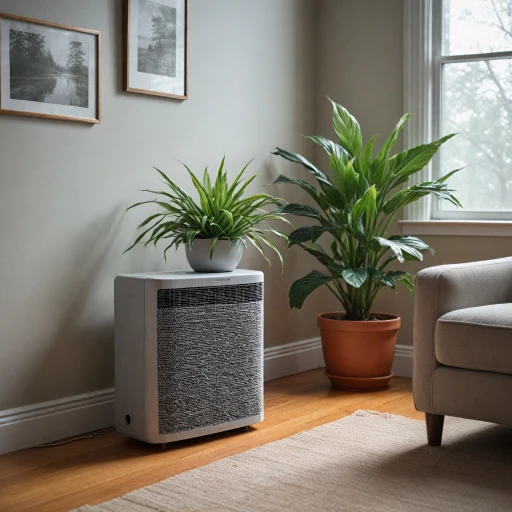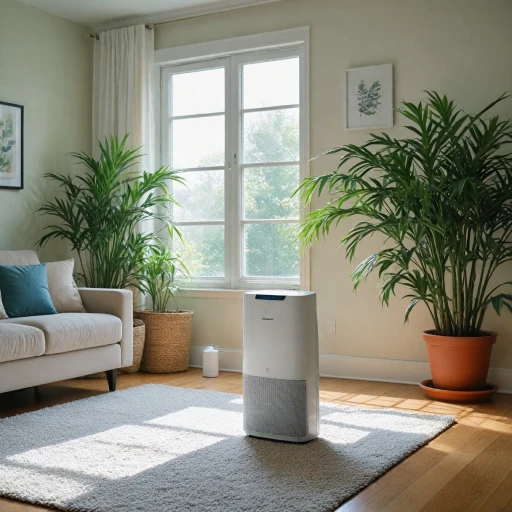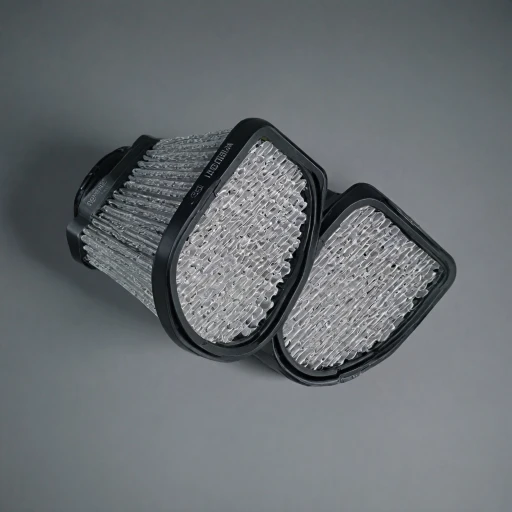
What is an Air Scrubber?
Introduction to Air Scrubbers
Air scrubbers serve a unique role in improving air quality, especially in environments where traditional air purifiers might fall short. These devices are essential in situations that demand more intense air cleaning processes. Understanding what they are can help you decide when they're necessary within your air quality management strategies.Functional Mechanism
Air scrubbers work by drawing in contaminated air through a series of filters, which effectively remove particles and pollutants from the air. Unlike standard air purifiers that primarily rely on filters to clean air, scrubbers often incorporate additional technologies, such as activated carbon or the use of negative ions, to capture and neutralize harmful elements.When Are They Used?
Air scrubbers are often deployed in commercial settings where pollution levels are high or in industrial facilities where specific pollutants need to be removed. They are particularly effective in environments dealing with volatile organic compounds (VOCs) and other hazardous particulates.Advantages of Air Scrubbers
- Comprehensive Air Cleaning: They provide robust air purification capabilities, effectively targeting a wide range of pollutants.
- Versatility: Useful in various settings, from construction sites to healthcare facilities.
- Purification Power: They can significantly improve indoor air quality by removing even minute contaminants that other devices might miss.
How Do Air Purifiers Work?
Functionality and Mechanism of Air Purifiers
Air purifiers have become an essential tool for many seeking cleaner indoor air quality. They work by using a fine-filtering process designed to cleanse the air of unwanted pollutants, particles, and allergens. These devices come equipped with specialized filters, often featuring HEPA technology, which is known to capture up to 99.97% of particles as small as 0.3 microns. This makes them exceptionally effective in removing dust, pollen, mold spores, and even some bacteria from indoor spaces. Air purifiers operate by drawing in surrounding air using a fan. As the air enters the device, it passes through multiple layers of filters. There are generally a few crucial components involved in most purifiers:- Pre-Filters: These initial filters are tasked with capturing larger particles such as dust and pet hair. Their primary purpose is to extend the life of the main HEPA filters by keeping coarser materials away.
- HEPA Filters: High-Efficiency Particulate Air (HEPA) filters are among the most effective in the market for trapping small airborne contaminants. They are often the centerpiece of air purification systems.
- Activated Carbon Filters: For odors and gaseous pollutants, many purifiers incorporate activated carbon filters. These help absorb smoke, fumes, and volatile organic compounds (VOCs).
- Negative Ions or UV Lights: Some advanced models release negative ions or use ultraviolet light to neutralize airborne bacteria and viruses, enhancing overall air cleanliness.
Comparing Air Scrubbers and Air Purifiers
Distinct Functions and Applications
While air scrubbers and air purifiers both aim to enhance air quality, their mechanisms and uses differ significantly. In order to make an informed decision, it's essential to understand what each of these technologies offers.
Varied Mechanisms at Play
An air scrubber, often employed in commercial and industrial setups, uses a system of filters and sometimes negative ions to clean the air. These devices are equipped with robust filters, including HEPA filters and activated carbon, to remove particulates and odors from large spaces or facilities. In contrast, air purifiers are usually designed for indoor air environments, relying on air cleaning processes tailored for residential or office settings. They might employ various technologies such as air filtration, ionization, or even ultraviolet light to purify the air.
Factors Influencing Choice
The choice between air scrubbers and air purifiers can depend on factors like cost, noise level, and specific air quality challenges. Air scrubbers tend to be larger and can create more noise, making them less suitable for tranquil environments. However, their air filtration capacity is often superior, essential for heavily polluted areas. On the other hand, air purifiers offer a quieter and more compact alternative, ideal for home use where noise level is a consideration.
Shared Objective: Clean Air
Despite their differences, both air scrubbers and air purifiers share a common goal: to produce clean air and enhance indoor air quality. Understanding these differences can guide you towards the right solution tailored to your needs, like whether you require commercial-grade purifiers or more standard home models. Furthermore, learning about specific benefits could also help you make an informed decision.
When to Use an Air Scrubber
Optimal Situations for Deploying Air Scrubbers
Air scrubbers are powerful tools designed to significantly improve indoor air quality. They are particularly beneficial in specific circumstances. Here’s a look at when air scrubbers are most effective:- Remediation Projects: If you are dealing with mold, smoke, or asbestos removal, air scrubbers are well-suited for these environments. Their robust design and mechanisms effectively remove harmful particulates to ensure cleaner air.
- Construction and Renovation Sites: When dust, debris, and other pollutants are prevalent, commercial air scrubbers help fill the gap in maintaining hygiene standards by capturing and removing indoor air contaminants.
- Commercial and Industrial Settings: Facilities with high foot traffic or industrial processes can find air scrubbers invaluable due to their ability to handle larger volumes of air. This ensures a continuous supply of purified air, essential for maintaining air quality standards.
- Emergency Situations: In cases of fires or sudden exposure to harmful chemicals, air scrubbers can provide an immediate response by using HEPA filters and activated carbon to restore air quality swiftly.
When to Opt for an Air Purifier
Selecting an Air Purifier for Optimal Indoor Environments
When you're evaluating the need for air purifiers in your space, it's important to consider several factors to determine if they truly align with your requirements. Air purifiers have their own set of advantages and are generally well-suited for maintaining air quality in both residential and commercial settings. Here's how you can gauge their suitability:- Improving Air Quality: Air purifiers are specifically designed to improve the quality of indoor air by removing contaminants such as dust, pollen, and pet dander. They work efficiently using sophisticated air filters, including HEPA filters, which capture particles as small as 0.3 microns. In environments where air scrubbers might be overkill, purifiers can be a more cost-effective choice.
- Quiet Operation: Many models of air purifiers are designed to operate quietly, making them ideal for use in homes or offices where noise levels need to be kept to a minimum. Unlike some loud air scrubbers, purifiers allow for seamless integration into everyday settings.
- Variety of Models: With a broad spectrum of purifiers available, choosing a model that fits the size of your room and specific needs is relatively straightforward. From compact units for small spaces to larger commercial air purifiers for extensive coverage, there's an option for most indoor air cleaning needs.
- Advanced Filtration: Many air purifiers come with additional features, such as activated carbon filters and technologies like negative ion generators, enhancing their ability to not only trap but also neutralize pollutants, odors, and even bacteria.
Choosing the Right Solution for Your Needs
Finding the Perfect Fit for Your Needs
When deciding between air scrubbers and air purifiers, several factors play a crucial role in making the right choice. Each device serves unique purposes and is suitable for different environments, so understanding your specific needs is essential. Consider Your Space- If you are looking to improve air quality in a commercial facility or larger spaces such as construction sites, air scrubbers might be the go-to choice. They are adept at handling high volumes of pollutants and are equipped with robust air filters.
- For residential or smaller-scale environments, air purifiers are generally more suitable. They focus on improving indoor air quality and remove dust, pollen, and pet dander efficiently.
- Air purifiers often use HEPA filters and activated carbon to clean air. This makes them ideal for those who require advanced filtration to tackle allergens and odors.
- Air scrubbers also incorporate air filters, but they are typically designed to handle more industrial pollutants. Consider if negative ions or advanced air cleaning technologies are needed for your space.
- While examining the cost, take into account not only the initial investment but also maintenance costs involved with filter replacements. Air purifiers usually have a lower upfront cost compared to scrubbers.
- Evaluate the cost-benefit ratio for your specific needs. Air scrubbers might incur higher costs initially but could save money in the long run by enhancing air quality in environments with heavy contamination.
- In residential settings, the noise level of the device can be a significant factor. Air purifiers often operate quietly, ensuring they do not disturb indoor tranquility.
- For commercial air or facility implementations, noise is typically less of a concern, especially given the robust performance of air scrubbers.
